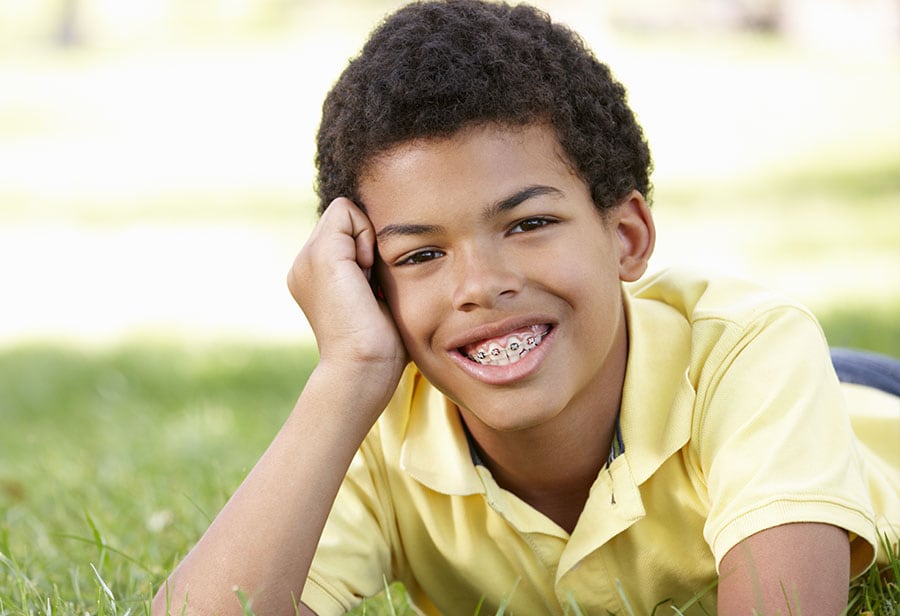The American Association of Orthodontics recommends visiting the orthodontist around the age of seven. By this age, most children have both primary (baby) teeth and permanent (adult) teeth, which makes it easier to diagnose and correct tooth and jaw problems sooner and without surgical intervention. Not all children need orthodontic treatment, but an evaluation with your doctor is necessary to determine which children can benefit from treatment.

Monitor Your Child for the Below Conditions:
- Thumb, pacifier or other oral habit
- Crowded or misplaced teeth
- Difficulty chewing or eating
- Early or late loss of baby teeth
- Mouth breathing
- Jaw that is not proportionate to the rest of the face
- Teeth that come together abnormally
- A jaw that pops or makes sounds when opening and closing
Early Treatment Is Beneficial Because:
- Creates more space for crowded teeth
- Can avoid the need for future oral surgery
- Avoids the need for permanent (adult) teeth to be extracted
- Corrects thumb sucking or other oral habits and helps improve minor speech problems
- Regulate the width of the upper and lower jaws
- Corrects and guides the growth of the child’s upper and lower jaw to help the permanent (adult) teeth to come in the proper place


